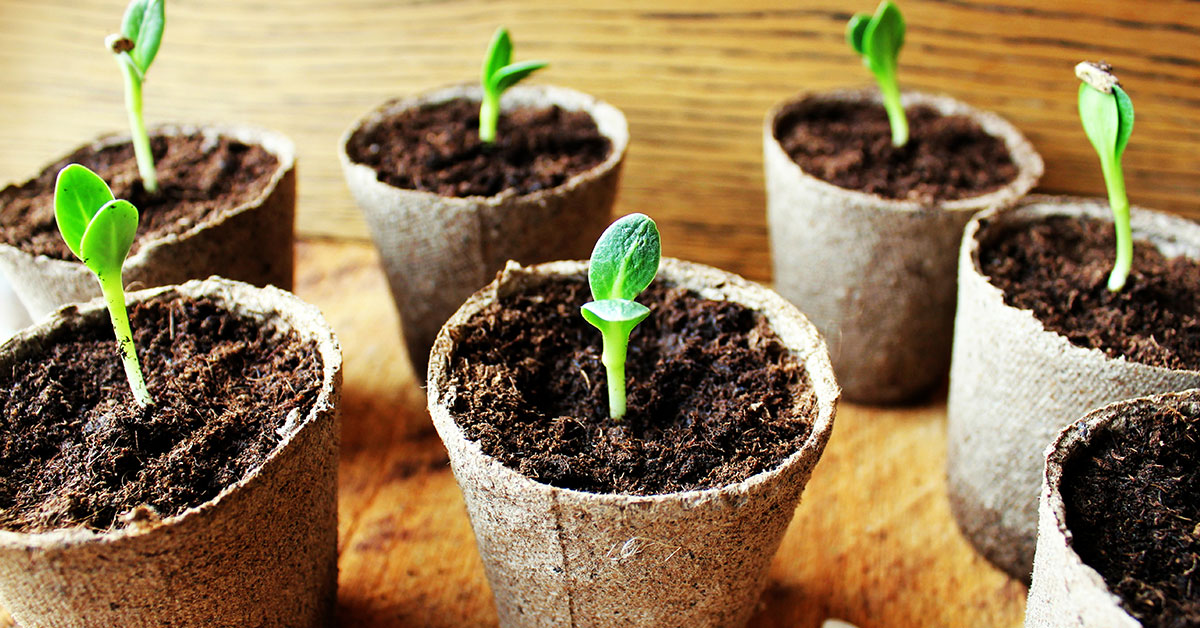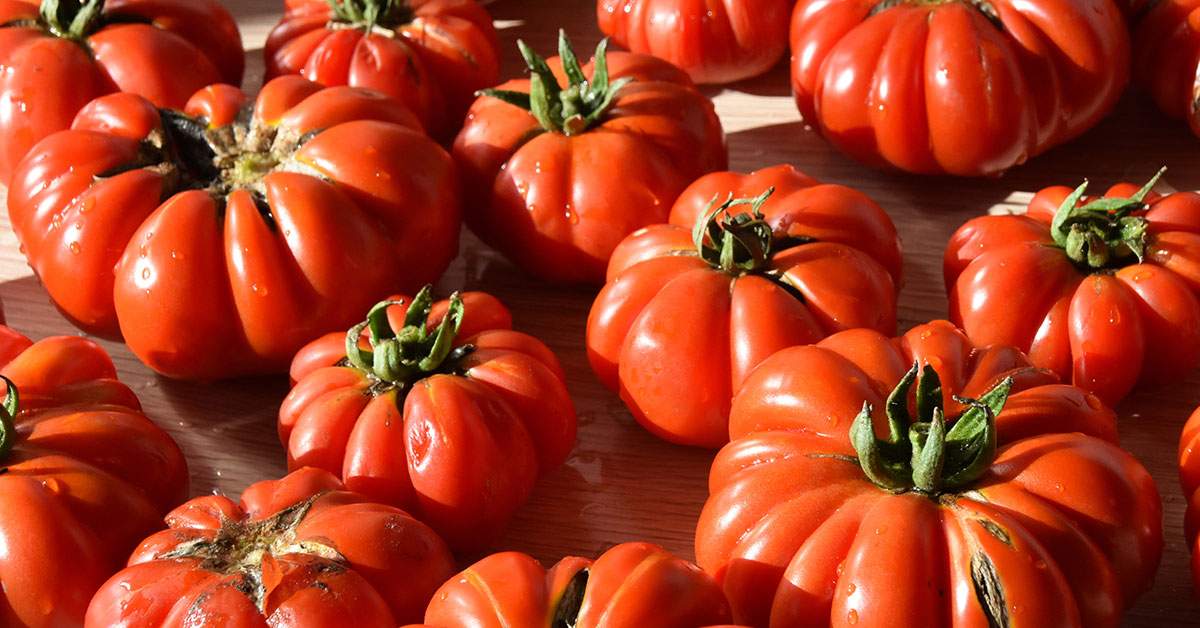Pumpkins are a staple of autumn decorations and a beloved seasonal treat. It’s no wonder that many Washington gardeners want to plant their own pumpkin patches! But when should you begin planting your pumpkins in Washington, and what do you need to know about successfully growing them? Read on for a comprehensive guide on when to plant pumpkins in Washington, including information about the state’s USDA hardiness zones, different pumpkin varieties and their uses, and how to care for your pumpkin patch.
Washington’s USDA Hardiness Zones and Climate
Washington’s climate is heavily affected by its geographic location. The state is divided into several USDA hardiness zones, ranging from Zone 4 to Zone 9. The type of pumpkin you choose and when you plant your pumpkin patch will depend largely on the zone you live in. Generally, the warmer zones are best for growing pumpkins, but there are some varieties suited to cooler climates. Pumpkins grow best in zones 3-7 but can grow in any hardiness zone. Find your Washington hardiness zone here.
When and How to Start Pumpkin Seeds Indoors
For the best results, you should start your pumpkin seeds indoors. This gives them a head start and ensures they’ll be ready to transplant as soon as the weather warms. Start your pumpkin seeds indoors 4 to 6 weeks before the last frost. Plant your seeds one inch deep in peat pots filled with a soil mix, and keep the soil moist but not soggy. Be sure to move your pumpkins outdoors once the weather warms and all danger of frost has passed.
Different Varieties of Pumpkins and Their Uses
When choosing a pumpkin variety, you’ll have plenty of options. Some of the most popular pumpkin varieties for Washington include ‘Jack-O-Lantern’, ‘Sugar Pie’, ‘Cinderella’, ‘Ghost Rider’, and ‘Warty Goblin’. All of these varieties are well-suited for the climate and soil in Washington and make great additions to your pumpkin patch.
Caring for Your Pumpkin Patch
Successfully growing pumpkins in Washington requires paying attention to the soil, sun, water, and fertilizer your pumpkins need. The soil should be well-draining and rich in organic matter. Pumpkins need at least 8 hours of sunlight per day and should be watered deeply and consistently. Fertilize your pumpkins every few weeks with a balanced fertilizer.
When to harvest Pumpkins in Washington
Pumpkins in Washington typically mature in late September and October. The ideal time to harvest is when the pumpkins are a deep, solid color and the skin is hard and difficult to puncture. To check for readiness, press a fingernail into the skin. If it does not penetrate easily the pumpkin is ready for harvest. If you are able to puncture the skin, the pumpkin needs more time on the vine.













